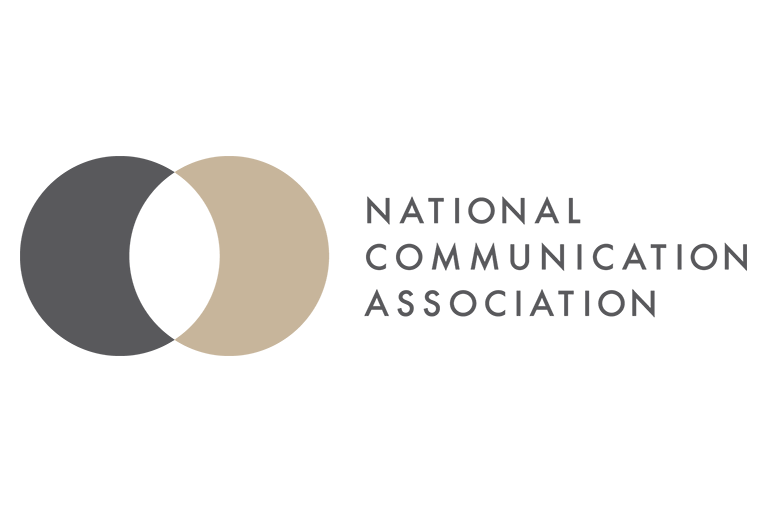Ralf Schmälzle

Associate Professor of Communication Science
Department
- Communication
(517) 353-6629
Bio
Ralf Schmälzle ("SHMAL-ts-lee , 拉尔夫·舍马尔兹勒 , राल्फ श्मेल्ज़ले, シュマルツレ, شمالتسلي, Шмальцле, Σμαλτσλε, שמלצלה, ช์มาเลทซเล") is an Associate Professor in the Department of Communication at MSU. He is uniquely cross-trained in communication, health psychology, and the cognitive neurosciences. He serves as the Graduate Director of the Health and Risk Communication M.A. program.
Ralf Schmälzle's research strives to provide a mechanistic understanding of how messages affect the brain and how the brain - the biological organ of communication - enables us to respond to and interact with a uniquely social world. With this overarching goal in mind, his work promotes theoretical and methodological integration between communication science and neuroscience. He advances this goal within two areas: Neuroimaging of Health Prevention Messages and Cognitive/Media Neuroscience.
One of his major roles is to provide a unique interdisciplinary learning environment for communication scientists who seek to embrace neuroscience or biological approaches to communication more broadly. His main research tools include functional Magnetic Resonance Imaging (fMRI), electroencephalography (EEG/ERP), and related imaging methods. He combines these methods with self-report, linguistic measures, and behavioral testing. As a Cognitive Neuroscientist by training, he also retains a healthy interest in AI and machine learning
Roles
Associate Professor: Department of Communication, Neuroscience of Messages Lab (NOM) nom.cas.msu.edu
Director of the Health and Risk Communication M.A. program comartsci.msu.edu/hrcma
Core Leader: Health and Risk Communication Center (HRCC) hrcc.cas.msu.edu
Co-Director: Center for Avatar Research and Immersive Social Media Applications (CARISMA) carismalab.com
Personal Website: ralfschmaelzle.net
Thematic Research Areas
Neurocognitive Communication
Computational Communication
Media Psychology
Research Centers and Labs
Center for Avatar Research and Immersive Social Media Applications (CARISMALAB)
Health and Risk Communication Center
Research and Teaching
Research Topics:
- Media Neuroscience: Motivational Response to Media
- Neuroimaging of Health and Risk Communication
- Neurocognitive Foundations of Mass Communication Campaigns
Courses:
- Introduction to Cognitive Science (CAS/LIN/PHL/PSY 463)
- Neurocognitive Communication (CAS 992)
- Media Neuroscience (CAS892)
- Special Topics Neurocognitive Communication (COM399)
- Public Communication Campaigns - Design and Analysis (COM475)
- Mass Communication and Public Health (CAS825)
- Special Topics: Formative Research for Health Communication: From time-proven methods to neuroscience and AI (COM399)
- Think Tank: Communication as a Dynamic Process (CAS892)
- Social Influence and Conflict (COM325)
Thematic Research Areas
Neurocognitive Communication - Communication Neuroscience
Media Psychology
Research Centers and Labs
Health and Risk Communication Center
Neuroscience of Messages Lab
Carismalab (Center for Avatar Research and Immersive Social Media Applications)
Related Work

ComArtSci Hosts Third Annual International Summer School Conference
Read more

ComArtSci Faculty and Students to Present Research at International Conference
Read more
Using Neuroimaging to Find Out What Makes a Good Story
Read more

How Social Networks Affect Our Brains
Read more

The Link Between Brain Activity and Social Networks
Read more
